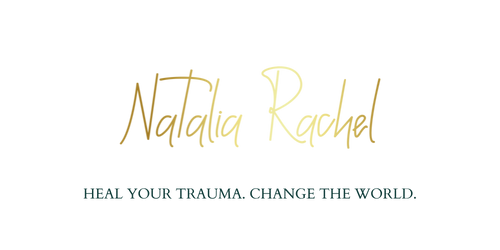The Power of Touch: Trauma And Mental Health For Kids
Children are reliant on establishing physical and emotional bonds with their caretakers, so it’s no surprise that the power of touch helps kids develop and thrive. In this sense, touch can be a powerful tool to help your child relax and feel supported.
How to Use the Power of Touch as a Means to Help your Kids
An important thing to note first is that you should only use the power of touch on your kids when you yourself are in a calm state. Children are more impressionable than adults, so they can sense if something is off and will, thus, not be open as a recipient.
The power of touch helps kids on multiple levels, including their sense of feeling safe, the way they bond with their caretakers, and the way they process their own emotions.
You can incorporate many different techniques in touch therapy with children.
Forehead Stroke
Forehead strokes help with anxiety, sleeplessness, attachment issues, and fear of abandonment.
The trick is to gently stroke your child’s forehead down the center and onto the bridge of their nose in repetitive motions. This evokes some instinctive relaxation that stems from the period when they were a newborn and gentle facial strokes were a familiar and common occurrence. Your child will close their eyes and completely give themselves into the moment. You want to make sure to keep your voice silent to minimize outside stimulation as much as possible. The direction of your stroking (upwards or downwards) may have a different effect. Communicate with your child and see what they prefer.
The Heart
Light touches around the chest area near the heart is can help with emotional distress, irritability, and sadness.
This method is something you can use when you and your little one snuggle up on the couch. The trick is to support their heart from both the back and the front very lightly. You can have them lay against your body with their back while you gently place your palm right in the middle of their chest. It’s easier to monitor your child in this position as you can feel their heart rate decreasing, indicating they are now relaxed. If your child also leans their head against your chest, you can both feel each other’s heartbeat in a biological and beautiful unison.
Holds in a Laying Position
There are three types of holds one can do when their child is in a laying position
The head hold has a similar effect as the forehead massage. May help with facial and jaw tension. To do this, simply rest both of your palms on your child’s head, resting your thumbs at their hairline and your fingers on their temples, providing both physical and mental support.
Rib hold Reduces upper body tension. In a rib hold, you want to rest your palms on the sides of their ribs with your fingertips just reaching the base of the ribcage. It’s easy to monitor your child’s state this way as you can feel their breath slow down.
Stomach hold Helps with distress due to abdominal issues caused by stomach aches, constipation or worry. You can either just place your palm on your child’s stomach or do gentle clockwise circles with your palm that support the intestines.
Conclusion
The power of touch can help kids with a wide range of both physical and mental distress. The key to a successful touch approach is to ensure you yourself are calm, you have an appropriate environment, and that your child is currently receptive to touch. Using non-invasive, gentle motions, and subtle physical connection, your child will start feeling more supported, connected, and relaxed.

